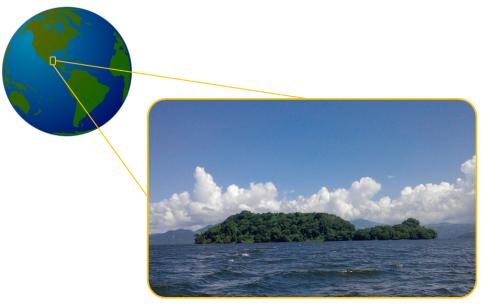Study site and individuals

The study was carried out on Agaltepec Island, a volcanic island situated in Lake Catemaco, near the town Catemaco, state of Veracruz, Mexico (18°24’ N’ and 95°05’ W; elevation: 334 m asl). The island is a protected area inhabited by two troops of Mexican mantled howler monkeys (ca. 55 individuals) containing members of all ages and classes. I have followed and studied only troop A, that was composed of 24 individuals: 6 adult males, 14 adult females, 2 juveniles (<30 months) and 2 infants (<90 days). Each animal was identified individually based on their natural marks, such as blond hair or pigmentation of the hands, feet or tail, and broken or missing fingers.

Data collection and analysis
My ethogram of olfactory-related behaviours was composed of 16 scent-depositing behaviours and 17 scent-perceiving behaviours (for the list of behaviours see result section). Together with this, I also obtained data for food and water intake in order to assess the proportion of how often the animals used their sense of smell for evaluating food or water.
I collected data for 100 days for 5 consecutive hours every morning. Each occurrence of olfactory-related behaviours was recorded using continuous sampling.
I analysed my data by:
- Sex (adult males vs adult females)
- Age (adults vs young animals)
- Month (20 consecutive days of observation --> 5 months)
- Weather (rainy vs non-rainy days)
I also look at the relationship between the behaviours food intake and food smelling.
Responsible for this page:
Director of undergraduate studies Biology
Last updated:
05/30/17
